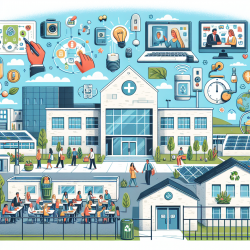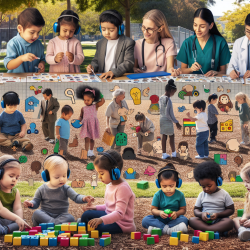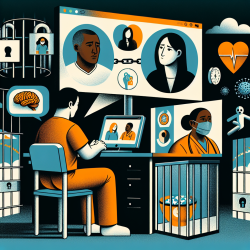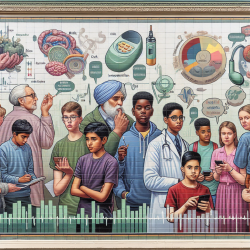As a Special Education Director, ensuring a thriving school community is a top priority. With the increasing focus on safer and more sustainable facilities, it's crucial to address key challenges that can significantly impact students, staff, and the broader community. Let's dive into the five major challenges and explore smart building solutions to help create a safer, more sustainable learning environment for K-12 schools.
1. Indoor Air Quality and Absenteeism
Research shows a direct link between indoor air quality and student absenteeism. Poor air quality can lead to health issues such as asthma and allergies, which in turn affect attendance and academic performance. Implementing advanced HVAC systems and air purifiers can significantly improve air quality, leading to healthier students and reduced absenteeism.
2. Balancing Security and a Positive Learning Atmosphere
Securing a campus is essential, but it should not come at the cost of creating a welcoming and positive learning environment. Modern security solutions like surveillance systems, access control, and emergency communication systems can help protect students and staff while maintaining a nurturing atmosphere.
3. Sustainable Environment for Staff Retention
A safer and more sustainable environment is not only beneficial for students but also plays a critical role in retaining staff. Teachers and support staff are more likely to stay in a district that prioritizes their well-being and provides a healthy working environment. Investing in sustainable practices can lead to a more committed and satisfied workforce.
4. Energy Savings for District Budgets
Energy-efficient solutions can lead to significant cost savings for school districts. By implementing smart lighting, solar panels, and energy management systems, districts can reduce their energy consumption and allocate the saved funds to other essential areas, such as educational programs and staff development.
5. Building a Resilient, Eco-Friendly Campus
Creating a resilient and eco-friendly campus is crucial for the long-term sustainability of any school district. This involves adopting green building practices, using sustainable materials, and promoting environmental education. A resilient campus can better withstand natural disasters and provide a safe learning environment for years to come.
Is your district ready to better support students, staff, and the community with a more resilient, eco-friendly campus? Download the playbook that explores these challenges and the building solutions that can help optimize schools.
For more information, please follow this link.










